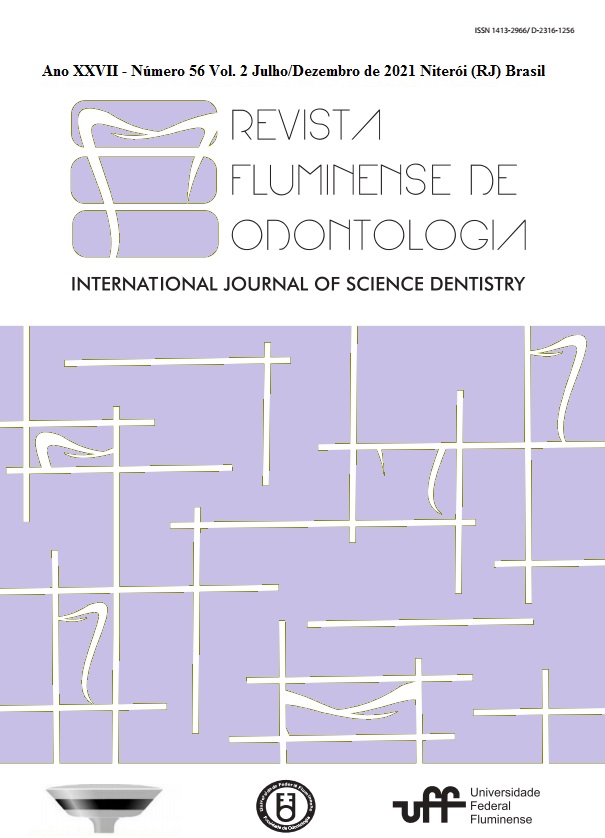UTILIZAÇÃO DE ENXERTO AUTÓGENO DE CRISTA ILÍACA PÓS RESSECÇÃO DE AMELOBLASTOMA EM MANDÍBULA: RELATO DE CASOS CLÍNICOS
DOI:
https://doi.org/10.22409/ijosd.v0i0.50125Abstract
Ameloblastoma is the second most common benign odontogenic tumor describe in the literature with a slow, infiltraive and aggressive growth profile. It shows predilection for the posterior jaw’s region, being sometimes asymptomatic causing it reach large proportions. Its comes from the odontogenic epithelium and the diagnosis must be made by trough imaging exams and incisional biopsy for histophatological examination. Treatment is surgical being possible to use conservative or radical techniques. For total or parcial resection, the patient’s rehabilitation should be planned returning function and aesthetics to the person. Autogenous bone is considered the “gold standard” when opting for grafting in this kind of injury. The objective of this study is to describe two cases of the treatment consisted in partial mandibulectomy and grafting autogenous non vascularizated iliac crest bone comparing the evolution for a period of 1 year after all interventions performed ate Hospital Municipal Salgado Filho (HMSF) Rio de Janeiro/RJ, Brazil. It could be seen that although the both patient has received the same treatment, the final results was different between two patients.





